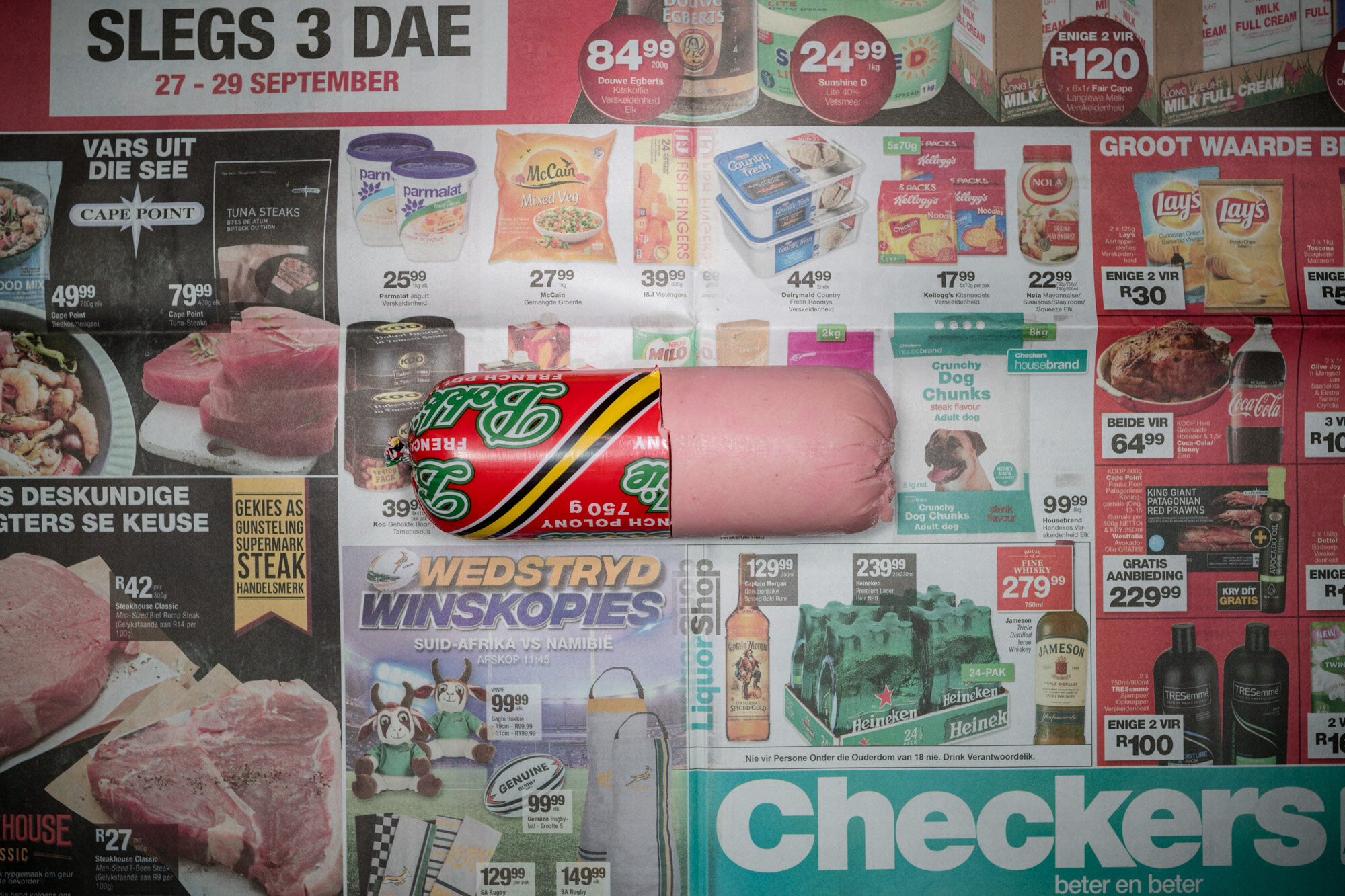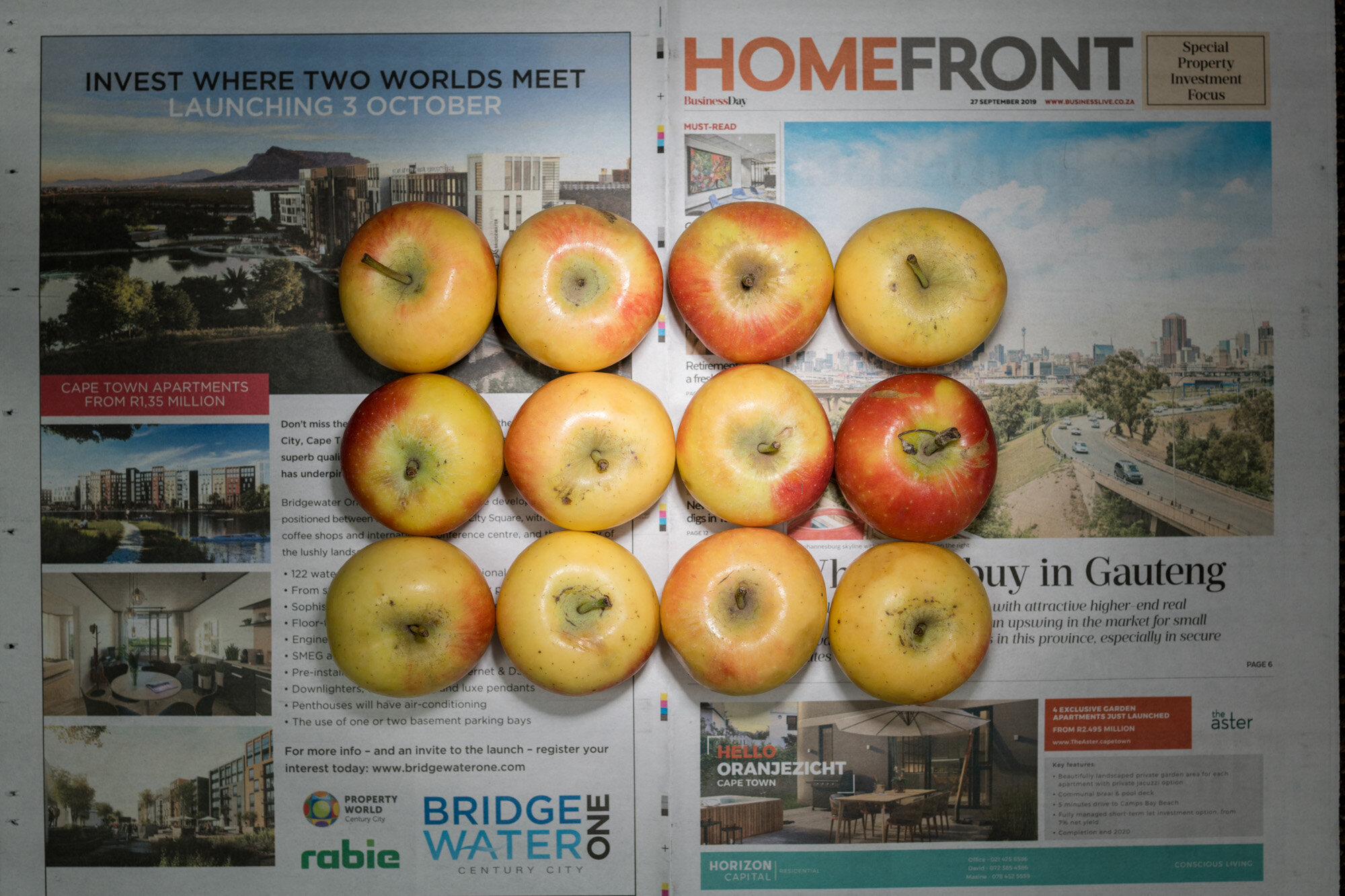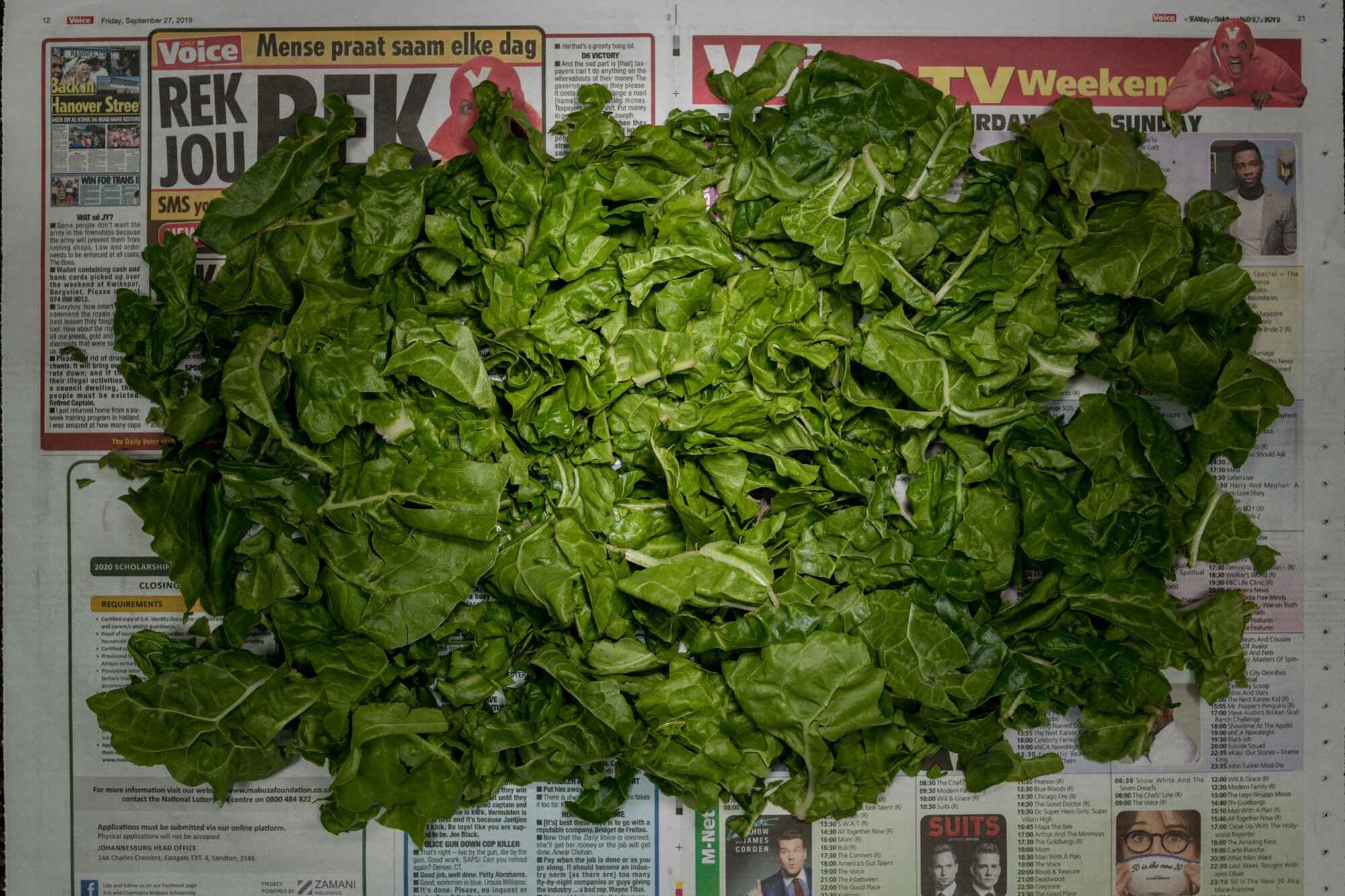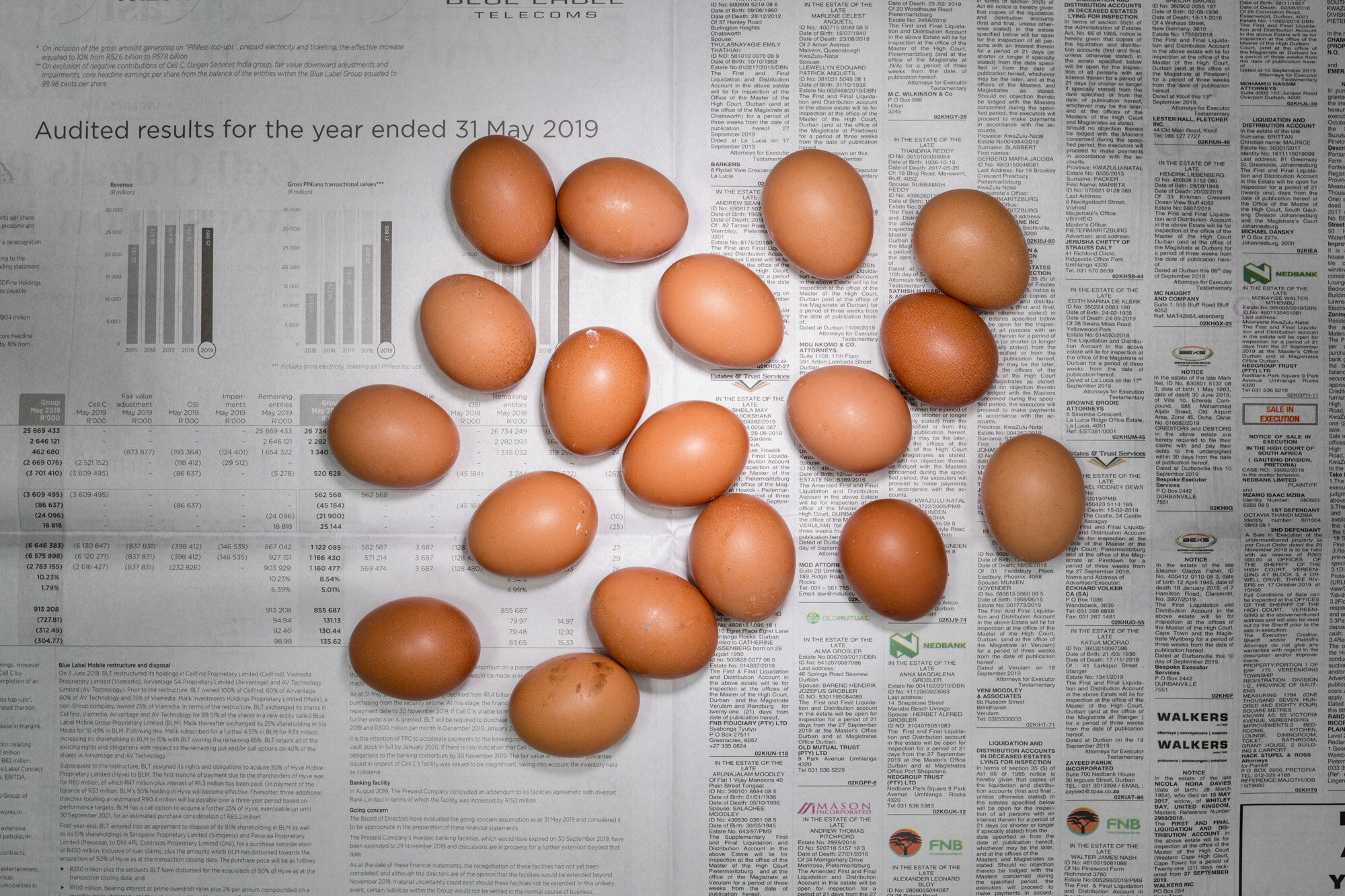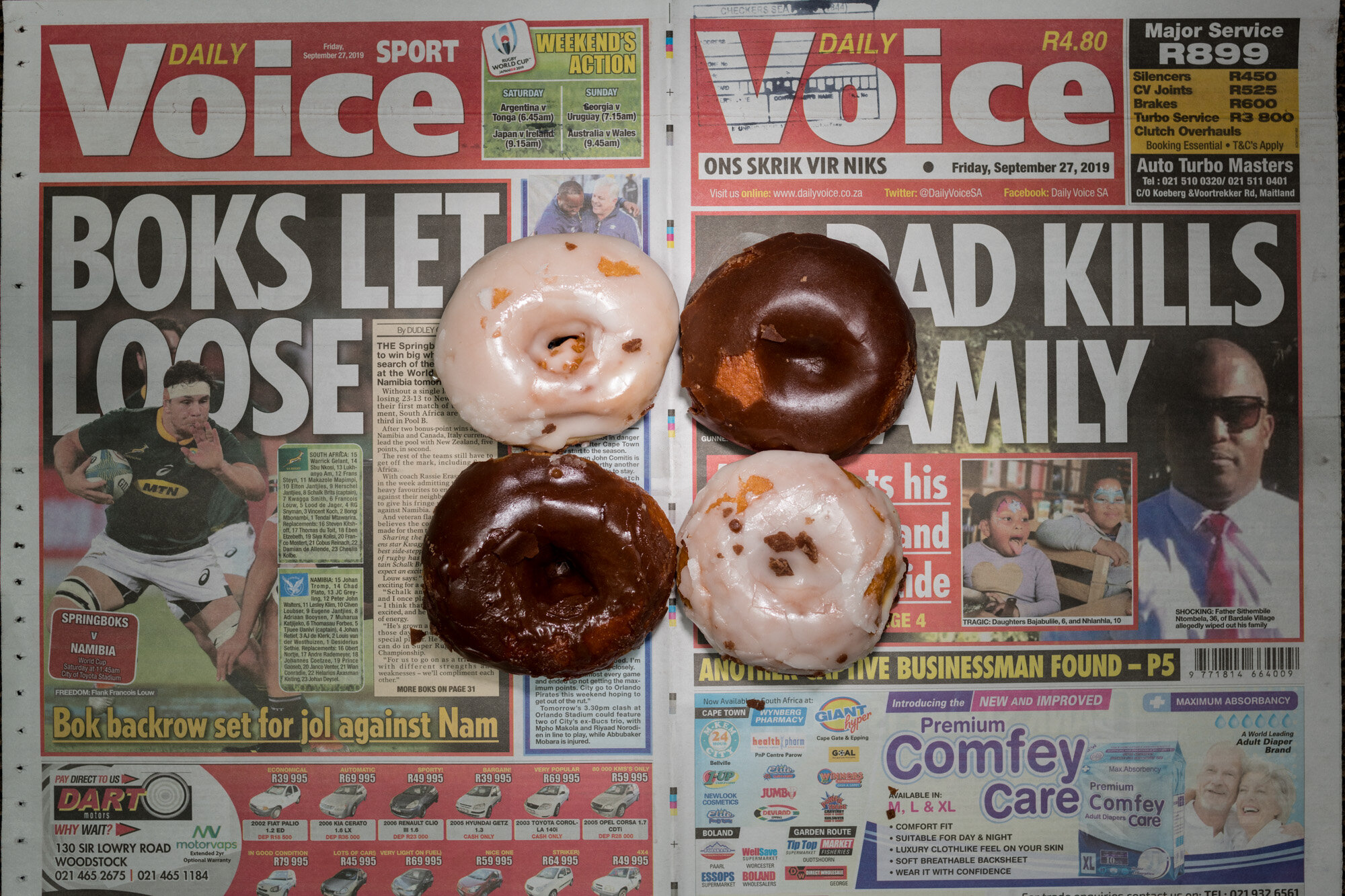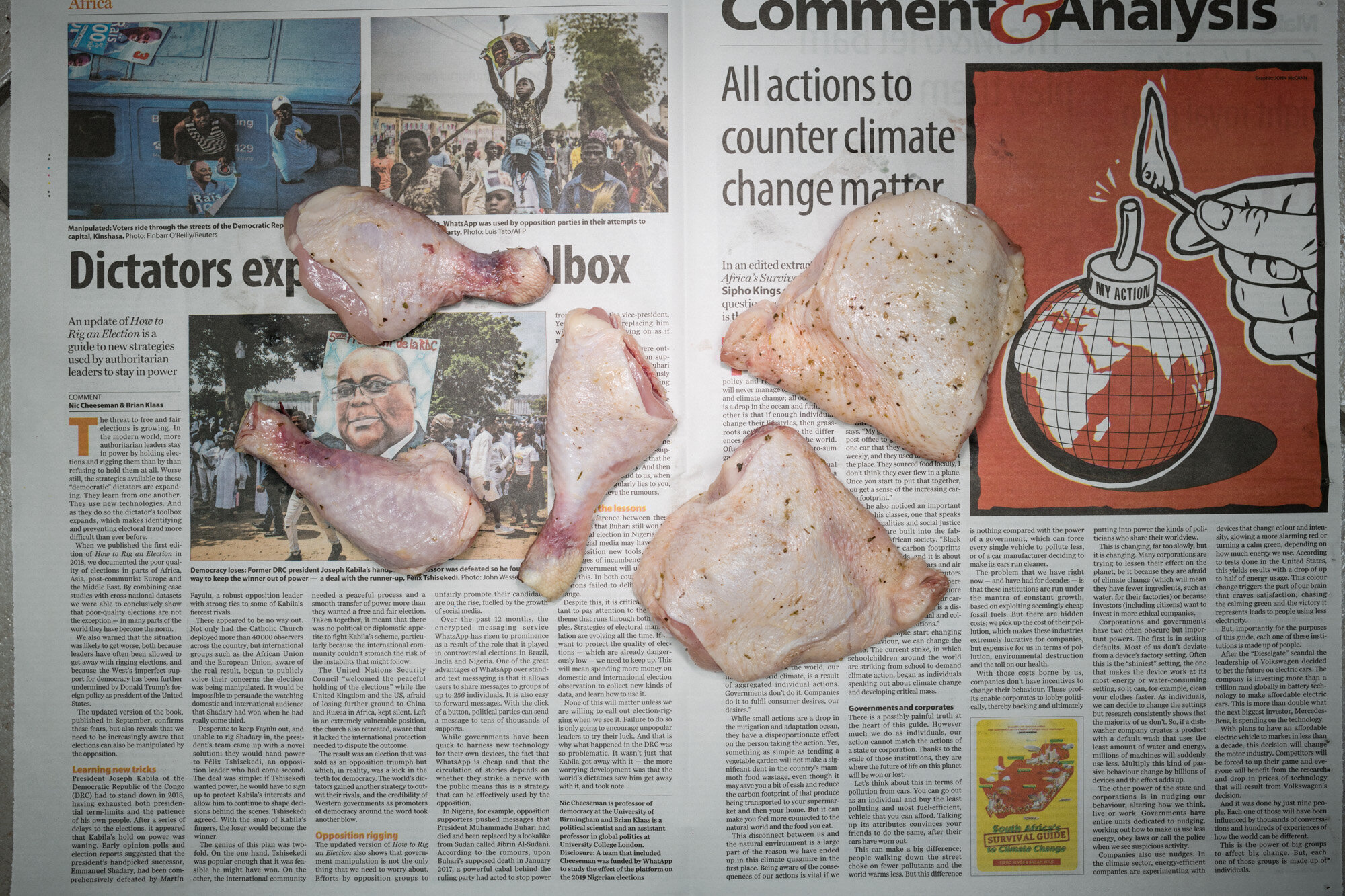South Africa
Cape Town | October 2019
ZAR 27 (USD 1.81, EUR 1.75).
This is based on South Africa's lower-bound poverty line (LBPL) in Apr 2019 prices.
The national poverty lines were constructed using the cost-of-basic-needs approach which links welfare to the consumption of goods and services. The lines contain both food and non-food components of household consumption expenditure.
Food poverty line – R561 (in April 2019 prices) per person per month. This refers to the amount of money that an individual will need to afford the minimum required daily energy intake. This is also commonly referred to as the “extreme” poverty line;
Lower-bound poverty line – R810 (in April 2019 prices) per person per month. This refers to the food poverty line plus the average amount derived from non-food items of households whose total expenditure is equal to the food poverty line; and
Upper-bound poverty line – R1 227 (in April 2019 prices) per person per month. This refers to the food poverty line plus the average amount derived from non-food items of households whose food expenditure is equal to the food poverty line.
Although South Africa has adopted three national poverty lines for the official statistical measurement of poverty, the lower-bound poverty line has emerged as the preferred threshold that is commonly used for the country's poverty reduction targets outlined in the Medium Term Strategic Framework (MTSF), National Development Plan, and Sustainable Development Goals. The profile of poverty that is generated when applying this line will be discussed in much greater detail in Section 2.2 (detailing the country's progress towards achieving the NDP targets) and Section 2.3 (which provides inputs for SDG reporting). For Chapters 3 and 4 of the report, we dive deeper into the poverty profiles linked to the UBPL and provide analysis across various disaggregations (such as sex, population group, age, settlement type, etc.).
Understanding More
Poverty Trends in South Africa: An examination of absolute poverty between 2006 and 2015
